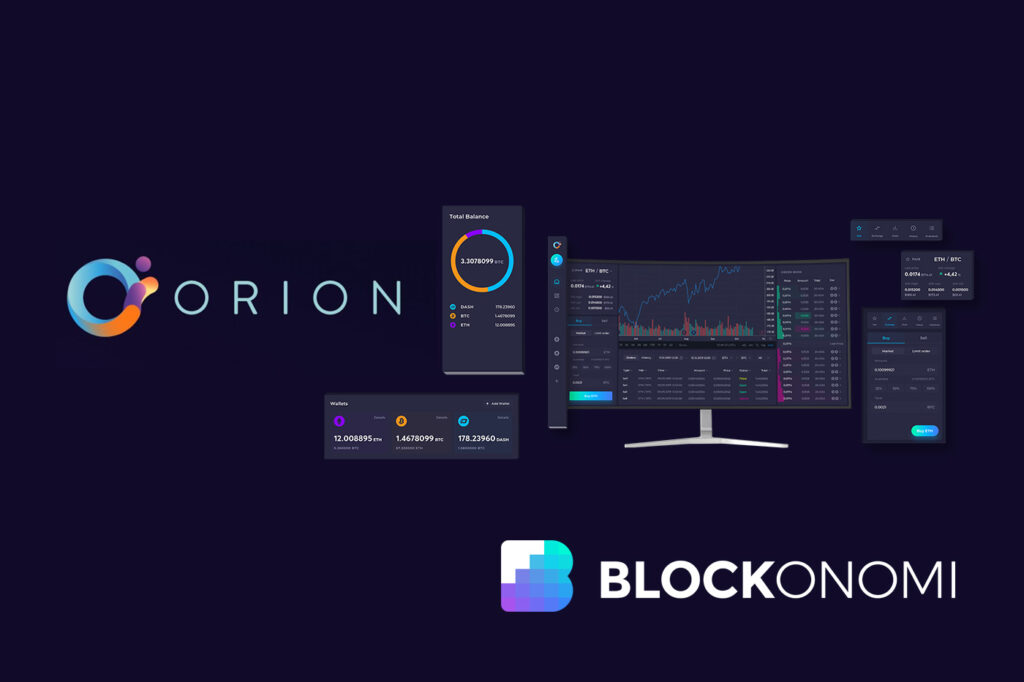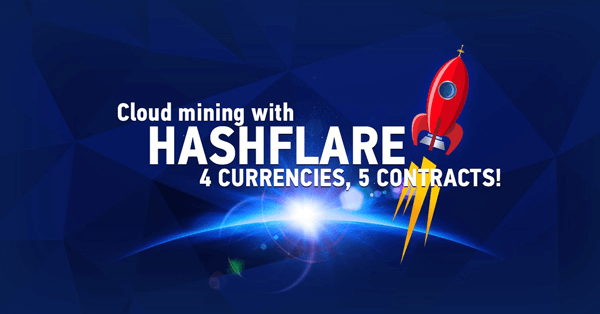As the cryptocurrency and blockchain technology industry continues to grow while being endorsed by more celebrities and some of the top S&P 500 companies, there are more choices than ever when it comes to what platform to use.
While the inception and increasing popularity of Decentralized Exchanges (DEX) and protocols have made it easier to navigate the vast catalog of cryptocurrencies by using fewer platforms in terms of listings, the limitations and benefits of both DEXs and Centralized Exchanges (CEX) can make the decision-making more difficult than necessary.
The Orion Protocol is a part of the solution, and it helps make the markets whole again.
This fragmentation not only makes it harder for newcomers who get confused when faced with all the choices available to them but also for existing investors who need to execute more complex trades if looking to get the best deal to maximize their profit.
The option until now has been jumping through hoops: buying specific cryptocurrencies in specific platforms, then having to transfer them to a specific wallet, just to, later on, have to move them back. This fragmentation is not only unnecessary but also inefficient both time and money-wise.
Orion Protocol: Defragmentation by Aggregation
Orion Protocol was specifically designed to solve this issue by aggregating the liquidity of the entirety of the crypto market ecosystem into a single decentralized, secure, and flexible platform built on the most advanced liquidity aggregator developed to date.
While most Decentralized Finance protocols and DEX have been created to fight the monopolies that were forming in the crypto market, those designed to aggregate them have been pretty limited in terms of the offering, with both quickly becoming stagnant and part of the problem they aimed to solve.

The Orion Protocol doesn’t aim to compete with existing markets nor facilitate the use of specific projects, it aggregates all of them to complement each other, no matter if it is a DEX, CEX, or swap pool. These benefits all the parties involved, boosting the development and adoption of the crypto ecosystem.
By having all the liquidity of DEX and CEX in a single platform, Orion Protocol allows investors to streamline their investment strategies without having to compromise.
The Orion Protocol DeFi platform was designed to fill the needs of businesses by offering Bussines-to-business (B2B) and Business-to-customer (B2C) solutions, working as a bridge between both the centralized and decentralized worlds of crypto without operating as a centralized authority.
This approach to DeFi resulted in the creation and recent launch of Orion Protocol’s first live product: The Orion Terminal. With this launch, users will be able to start benefiting from the Orion Protocol by giving them the ability to trade, deposit, and withdraw from a single location.
While the Orion Terminal is the protocol’s platform for consumers and pro investors to take advantage of the aggregation of markets, the team is working on launching its B2B solution, the Orion Enterprise Trade Widget, in the near future.
Orion Protocol is also working on the development and launch of its own price oracle, which will allow investors to automate their investment processes by gaining access to live quality data from different sources out of blockchain.
A Chain is Only as Strong as Its Links
While the Orion protocol is chain-agnostic, it has partnered with different blockchains in order to improve its flexibility, use cases, and security. One of such partners is Elron, which provides speed and scalability to the platform by settling all trades on Orion Terminal with order validation logic, trade exchange, and signed order message
Elrond’s high throughput and low latency smart contracts execution platform were some of the reasons why the Orion Protocol team chose it to bring speed, scalability, and low fees to Orion Terminal.
Orion Protocol is planning on introducing new solutions such as Lending, Price Oracle, Liquidity Boost Plugin, and the Orion Enterprise Trade Widget, all of which will operate on the Elrond blockchain, benefiting users and both ecosystems in the process.

The governing of the protocol makes use of a proprietary staking mechanism known as “Delegated Proof of Broker”, which fulfills its functions by using a decentralized network of brokers using the ORN token as its fuel.
Orion’s Broker Network includes some of the most relevant in the industry so far, covering the CEXs, DEXs, and Non-Exanche broker niches. The list of brokers includes KuCoin, BitMax, MXC, Injective Protocol, and Chainlink.
Orion Terminal’s mainnet code is constantly being audited by Certik to ensure no vulnerabilities can be exploited by attackers, ensuring the security of the protocol.
How Does Orion Terminal Work?
The Orion Protocol team focused its efforts on 4 major aspects that they believe can make the project fulfill its mission of revolutionizing the crypto market: Liquidity, custody, accessibility, and scalability.
To offer its users as much liquidity as possible, Orion terminal makes use of decentralized liquidity aggregators like 1inch to make it possible to pull liquidity from DEXeswhile using a network of brokers like KuCoin to add liquidity from CEXes to combine the best perks of both worlds.
While most aggregators that pull from centralized exchanges are centralized and custodial solutions, Orion Terminal doesn’t require its users to grant control custody over their assets as using the platform is as simple as connecting their wallet and executing their order.
Decentralized Finance has struggled to gain mass adoption by small investors due to the high costs of Ethereum gas, which has also resulted in dApps depending on small transaction fees to lose popularity. As Orion Terminal is not limited to ERC20 tokens or a specific blockchain, it facilitates adoption by users and projects relying on any blockchain network.
When it comes to scalability, Orion Terminal has been designed to support high demands right from the start without the need of relying on Layer 2 solutions in the future, as has been the case of Uniswap.
By aggregating every order book, Orion Protocol can provide the best price and lowest fees in markets, while experiencing zero spread and slippage, all of this in the convenience of having every exchange market on one platform.
The Past, The Present, and the Future
Orion Protocol was founded back in 2018 by Alexey Alexey Koloskov and Kal Ali after obtaining a $300K seed investment through self-funding as well as help from friends and family. The project would then raise 3,450,000 via an Initial Coin Offering (ICO) in July of 2020, in what would be one of the most successful token sales of the year.
Alexey Koloskov, CEO and Co-Founder of Orion Protocol, counted with experience in both the traditional finance and DeFi worlds, having been the Chief Architect and Creator of the Waves DEX back in 2016.
This experience helped Mr. Kolosov to develop its own non-custodial decentralized trading platform, which would be a singular and non-custodial gateway to crypto: Orion Protocol.
The launch of the Orion Terminal represents the completion of the first objective of the First Quarter of 2021, which will also see the launch of ORN staking features, Orion Oracle, Orion Wallet Swap SDK, Orion Enterprise Trade Widget, Orion Collateral Optimization, and the Orion DEX Kit.
These steps will solidify the groundwork for the future of the project as it aims to expand accessibility to crypto and improve the entire ecosystem, with more DeFi features being planned for the future to extend the available trading strategies investors can make use of.
While DeFi was pretty successful in 2020, with the continued gain of the popularity of cryptocurrency and blockchain technology, the moment is perfect for the ecosystem to continue to develop by taking advantage of the new scalability and efficiency of new chains and projects. Orion Protocol plans to be an integral part of this future, not by competing but by completing.
2,366





